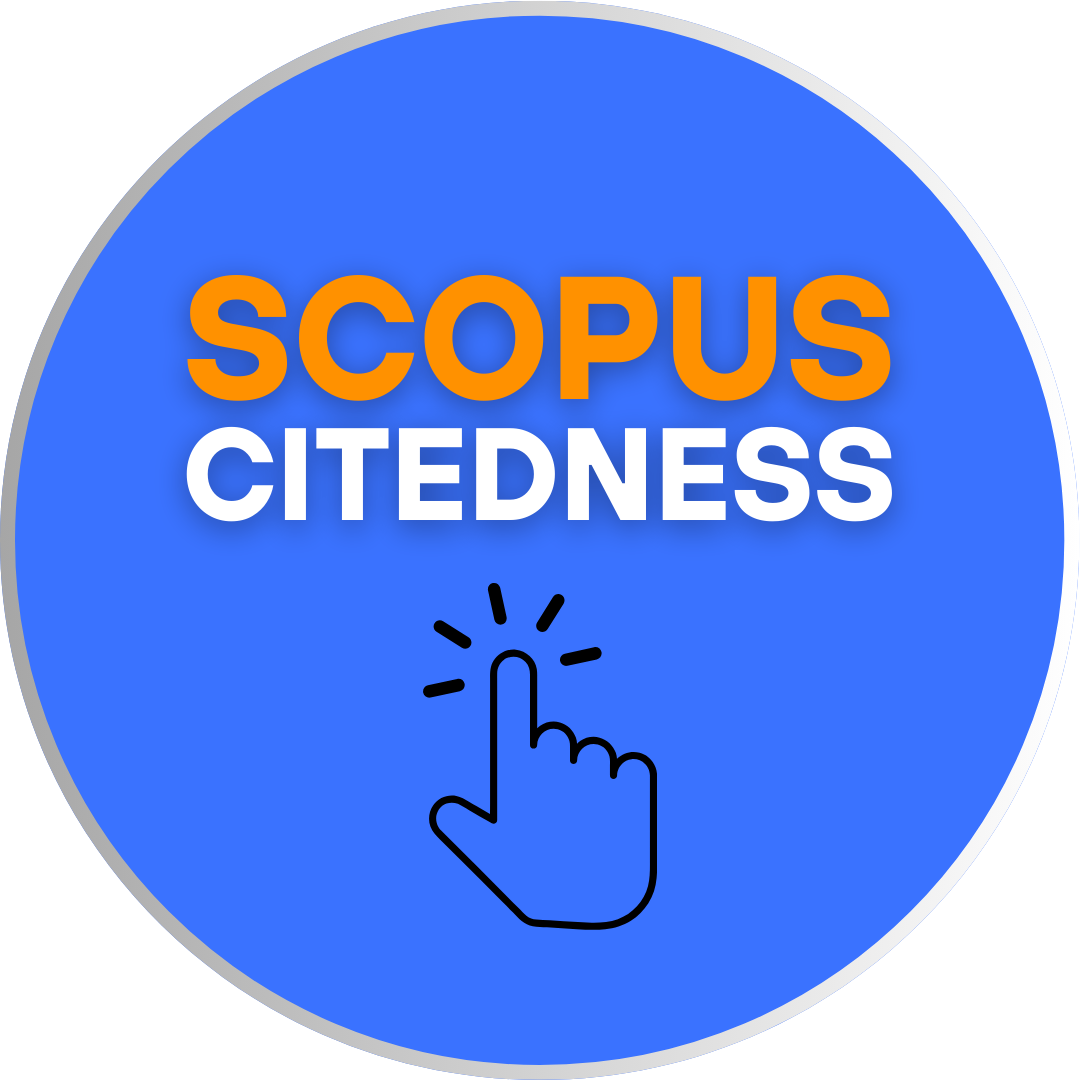A Portrait of English Student in Learning Approaches: A Case Study for Indonesia And Thai Student
DOI:
https://doi.org/10.18592/let.v13i2.11617Keywords:
English language learning, Way of learning, Learning approaches, TransformationAbstract
This case study delves into the portrait of English language students from Indonesia and Thailand in their learning approaches. With the increasing importance of English as a global language. This has led to a shift in how students approach learning the language, particularly in non-English speaking countries, focusing on Indonesian and Thai students who study in the English Department of the Islamic University of Malang. The study seeks to understand how students in Indonesia and Thailand have transformed their learning approaches to adapt to the demands of their academic and social environments. To gather data, the study employed qualitative interviews and observations of students in their natural settings. The study found that students in Indonesia and Thailand have developed a range of innovative approaches to learning English that goes beyond traditional classroom methods. The results indicate that these students employ a combination of approaches, including the use of technology, peer learning, and self-directed learning. The students are also motivated and committed to learning the language, which is essential in developing their proficiency in English. The findings suggest that a combination of motivation, commitment, and experimentation with different strategies and techniques is necessary for effective language learning.References
Brown, H. D. (1994). Principles of Language Teaching and Learning. New Jersey: Prentice-Hall Inc.
Latief, M. A. (2014). Research Methods on Language Learning: An Introduction. Malang: UM Press.
Baker, W., & Jarunthawatchai, W. (2017). English language policy in Thailand. European Journal of Language Policy, 9(1), 27-44.
Brown, H. (2000). Principles of language learning and teaching. New Jersey: Prentice Hall.
Elliot, A. J., & Covington, M. (2001). Approach and avoidance motivation. Educational Psychology Review, 13(2), page numbers.
Gardner, R. C. (2007). Motivation and second language acquisition. Honolulu, HI: University of Hawai'i Press.
Hayes, D. (2016). The value of learning English in Thailand and its impact on Thai: Perspectives from university students. Asia Pacific Journal of Education, 36(1), 73-91.
Hengsadeekul, C., Hengsadeekul, T., Koul, R., & Kaewkuekool, S. (2010). English as a medium of instruction in Thailand universities: A review of literature. Paper presented at the 9th WSEAS International Conference on Education and Educational Technology, EDU’10.
Khoir, M. (2014). The language attitude of the students of English Department Uin Sunan Kalijaga towards English. English Department of Faculty Adab and Cultural State Islamic University Sunan Kalijaga Yogyakarta.
Lauder. (2008). The status and function of English in Indonesia: A review of key factors. Makara Seri Sosial Humaniora, 12(1), 124.
Sharifian, F. (2017). English as an international language. In Y. Y. Kim (Ed.), The International Encyclopedia of Intercultural Communication. Hoboken, NJ: John Wiley & Sons. doi: 10.1002/9781118783665.ieicc0027
Sahiruddin. (2013). The implementation of the 2013 Curriculum and the issues of English language teaching and learning in Indonesia. http://iafor.org/archives/offprints/acll2013-offprints/ACLL2013_0362
Vibulphol, J. (2016). Students' motivation and learning and teachers' motivational strategies in English classrooms in Thailand. English Language Teaching, 9(4), 64-75.
Downloads
Published
How to Cite
Issue
Section
License
Copyright (c) 2023 panuwat hussanee, Febti Ismiatun

This work is licensed under a Creative Commons Attribution 4.0 International License.
Authors who publish with this journal agree to the following terms:
- Authors retain copyright and grant the journal right of first publication with the work simultaneously licensed under a Creative Commons Attribution License that allows others to share the work with an acknowledgement of the work's authorship and initial publication in this journal.
- Authors are able to enter into separate, additional contractual arrangements for the non-exclusive distribution of the journal's published version of the work (e.g., post it to an institutional repository or publish it in a book), with an acknowledgement of its initial publication in this journal.
- Authors are permitted and encouraged to post their work online (e.g., in institutional repositories or on their website) prior to and during the submission process, as it can lead to productive exchanges, as well as earlier and greater citation of published work.
LET (LINGUISTICS, LITERATURE, AND LANGUAGE TEACHING) http://jurnal.uin-antasari.ac.id/index.php/let/index licensed under a Creative Commons Attribution 4.0 International License.
















